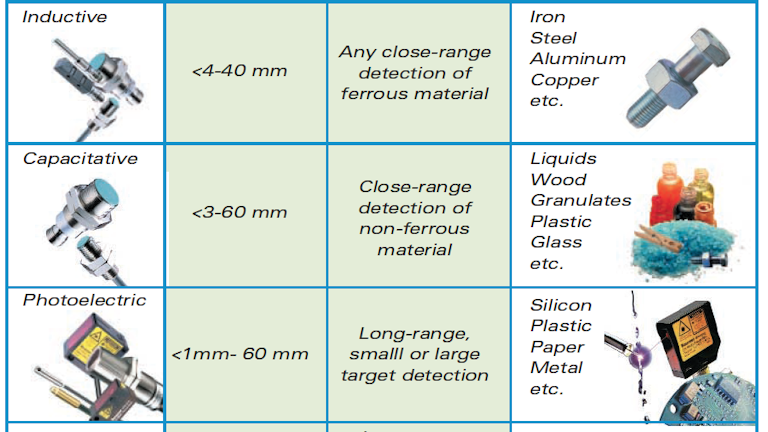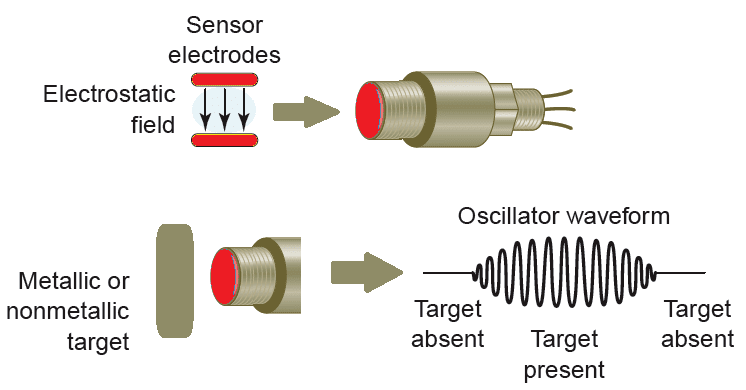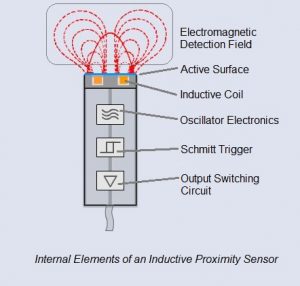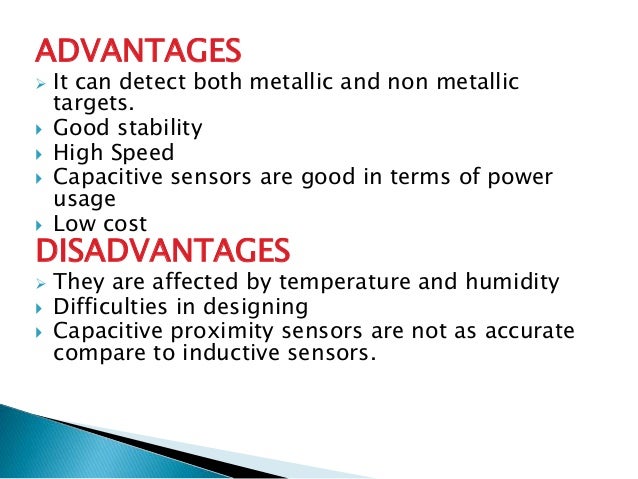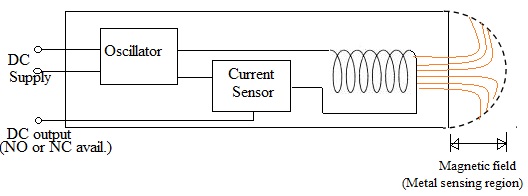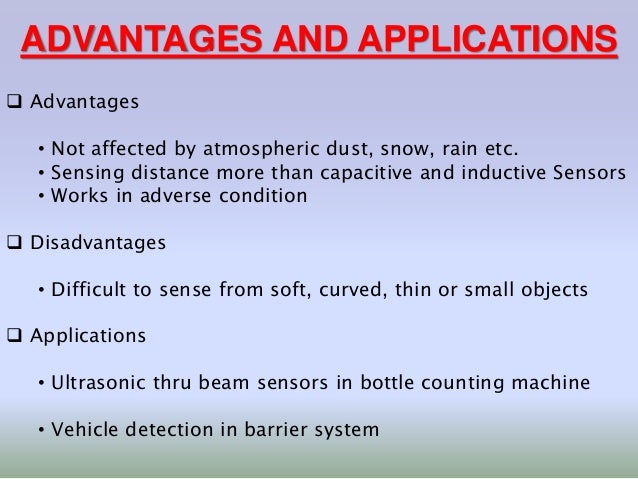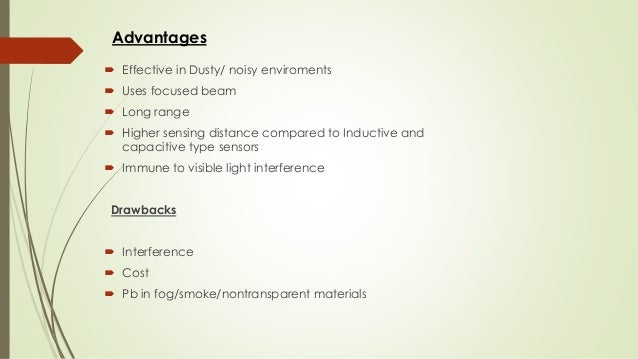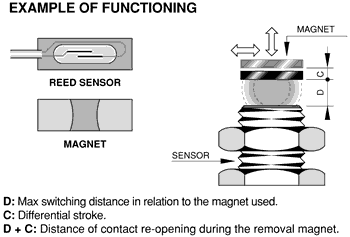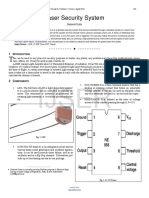Hey we are going to know proximity sensor applications proximity sensor uses proximity sensor types and its advantages features benefits.
Capacitive proximity sensor advantages and disadvantages.
Following are the advantages of capacitive sensor.
A transducer that uses capacitance variation is known as capacitance sensors.
The elastic deflection of a membrane due to the applied force is detected by a capacitance variation.
When an object comes near the sensing surface it enters the electrostatic field of the electrodes and changes the capacitance of the oscillator.
Refer proximity sensor of inductive type for more information.
The major application of capacitive sensor is level sensing as mentioned above.
Humidity sensing method advantages disadvantages.
Working principle of capacitive proximity sensor.
It can be used to detect non metallic targets.
It is sensitive to dewing and certain aggresive substances.
Proximity sensors detect the presence or absence of objects using electromagnetic fields light and sound.
Pressure independent it works when pressure is being applied it has limited long term stability.
The capacitive proximity sensor consist a high frequency oscillator along with a sensing surface formed by two metal electrodes.
Refer capacitive sensor basics and working for more information.
Capacitive proximity sensor diagram advantages disadvantages capacitive sensor.
It can detect through containers of certain types also.
Inductive sensor is used for wide variety of applications viz.
Machine tools to sense metal targets etc.
Advantages of capacitive sensor.
It has longer life.
Advantages of inductive sensor.
Proximity sensor is a device that can detect the presence of an object near it without any physical contact.
There are many types each suited to specific applications and environments.
It can withstand harsh environmental conditions.
